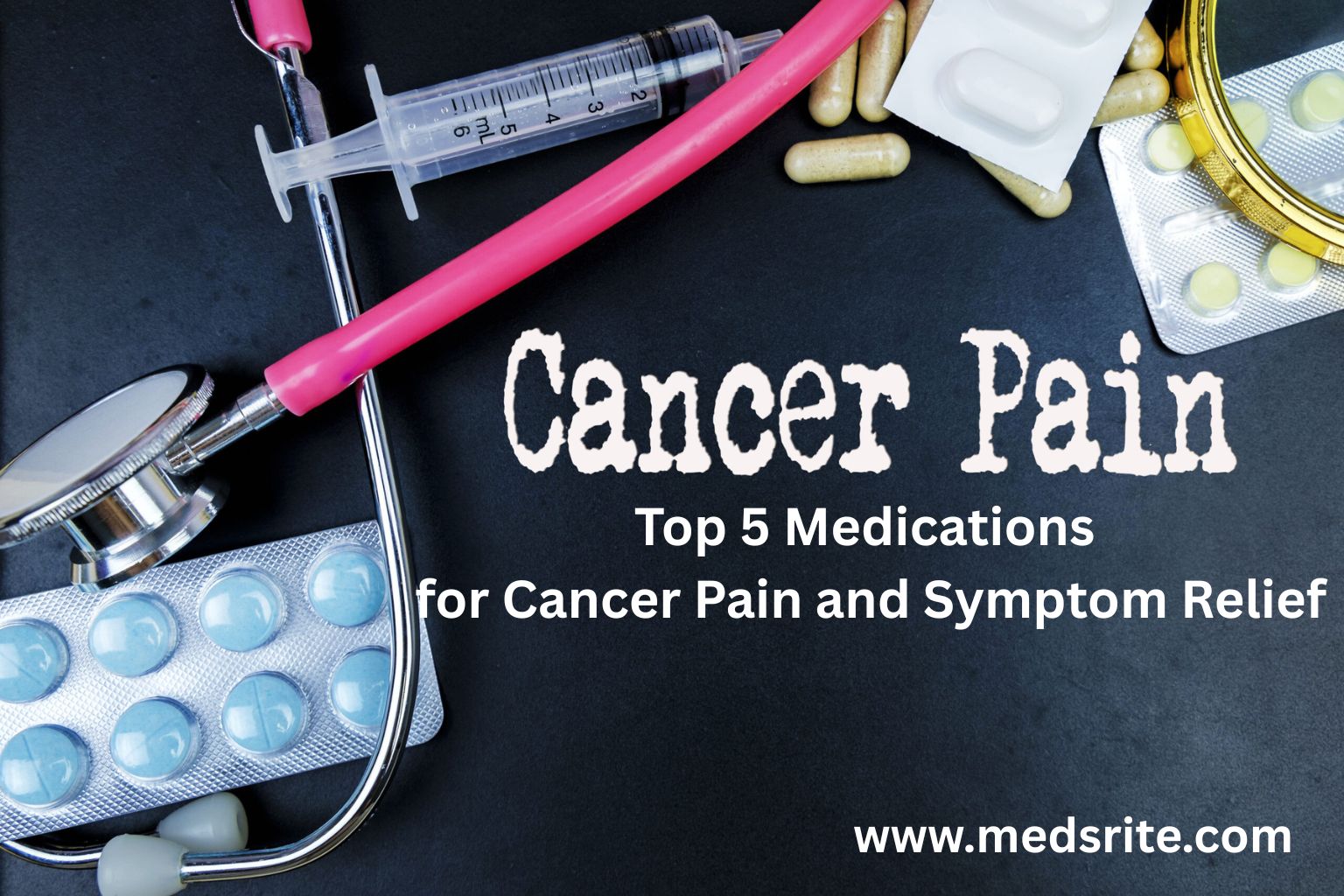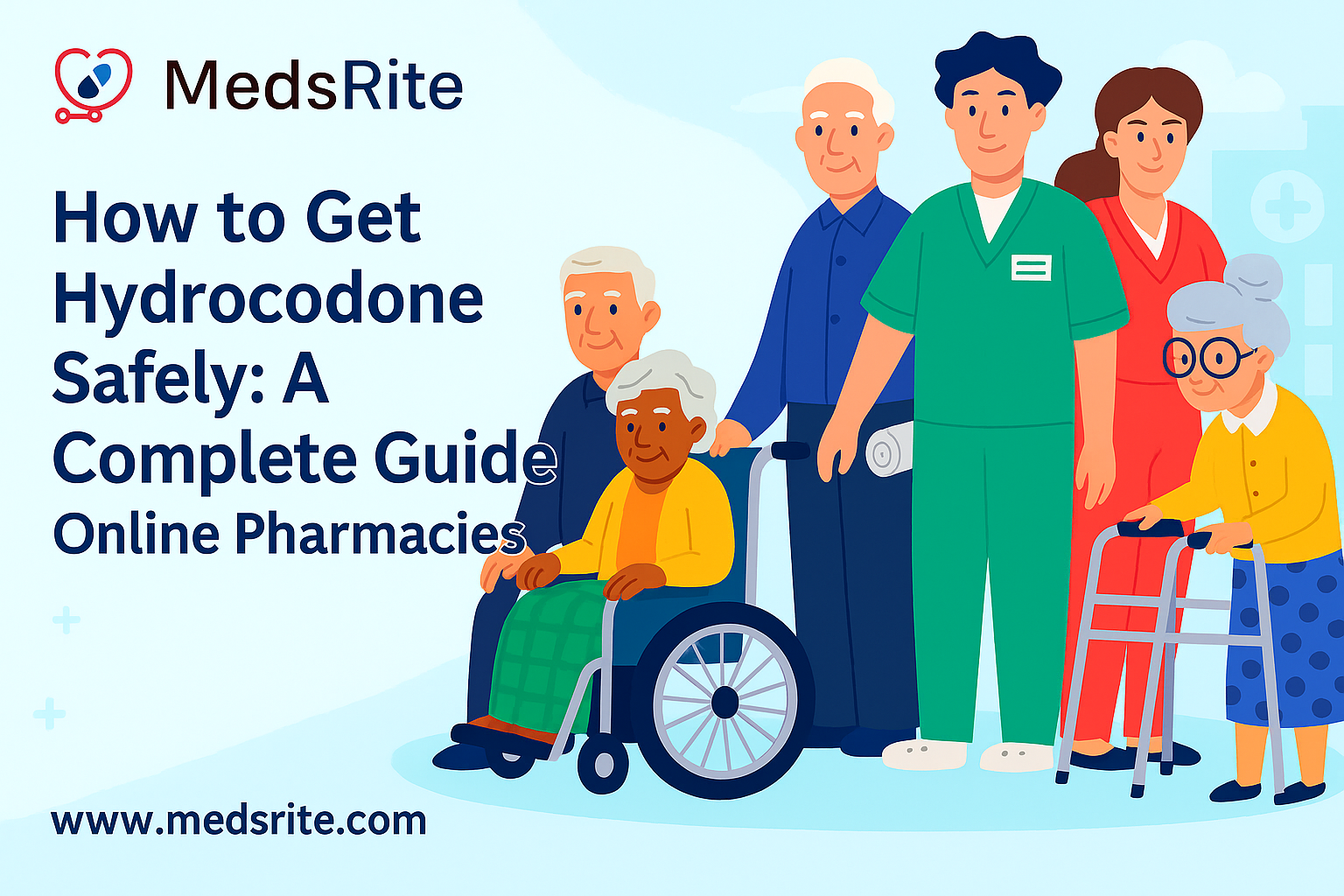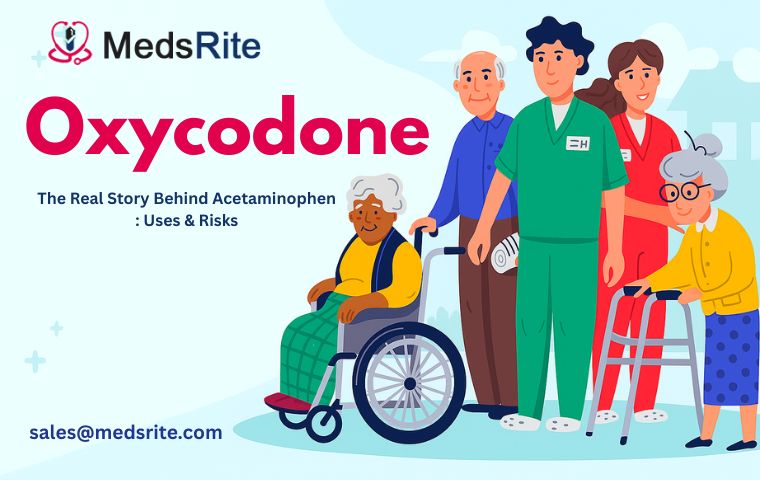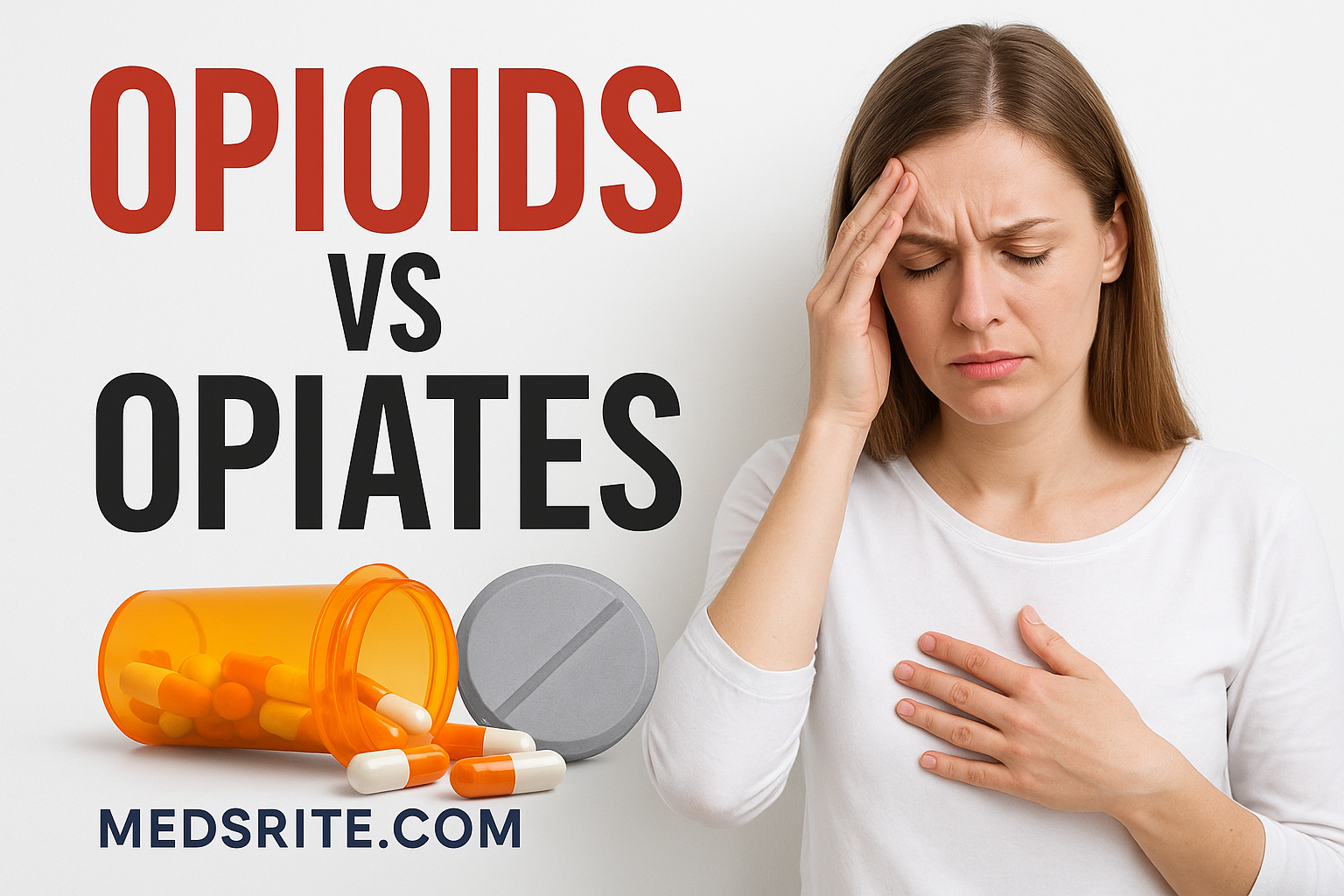Introduction Managing cancer pain and related symptoms is an essential part of improving comfort, daily functioning, and quality of life during treatment. Because cancer pain can range from mild to severe — and may involve nerve damage, inflammation, or treatment-related…
Category: Opioids
How to Buy Hydrocodone Safely Legal Guide to Online Pharmacies
The option to buy hydrocodone online attracts many people because it seems convenient and economical. However, when purchasing without a prescription, we pay nearly ten times the ordinary retail price compared to walk-in pharmacies. In fact, the average retail price…
The Real Story Behind Oxycodone Acetaminophen: Uses, Risks, and Recovery
Oxycodone acetaminophen represents a powerful double-edged sword in pain management, offering significant relief while carrying serious risks that deserve our careful attention. In clinical use since 1917, this potent semisynthetic opioid works by acting on multiple opioid receptors in the body…
Opioids vs Opiates Explained: Essential Facts for Better Health
The distinction between opioids vs opiates matters more than ever in today's healthcare landscape. Nearly 110,000 Americans died from drug overdoses in 2022, with over 81,000 of these deaths involving either prescription or illicit opioids—a staggering 400 percent increase over…
Is Tramadol Right for Your Pain? Essential Facts About Its Uses
Tramadol uses span far beyond ordinary pain relief, making it the 36th most commonly prescribed medication in the United States with over 16 million prescriptions in 2023. As a centrally acting analgesic, this medication offers effective pain management without many of…





